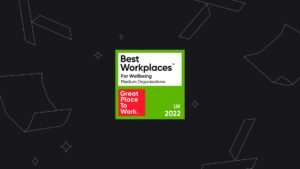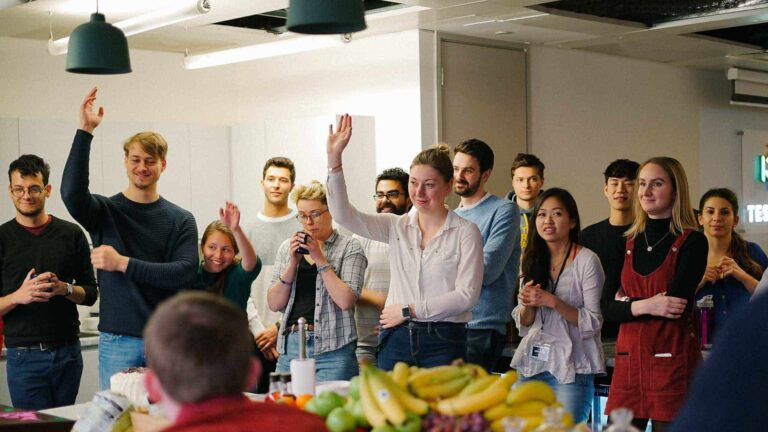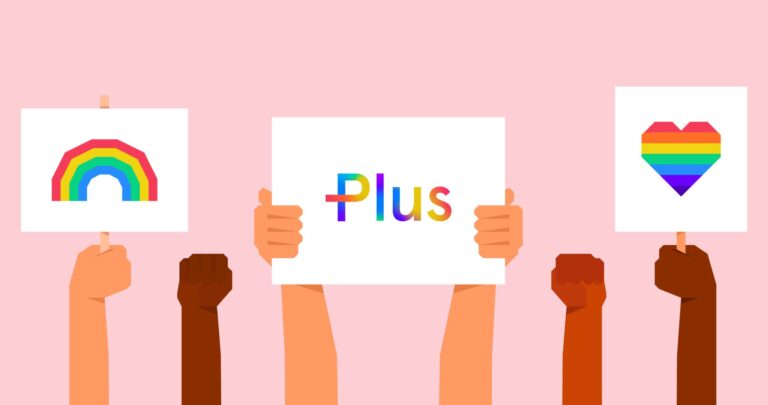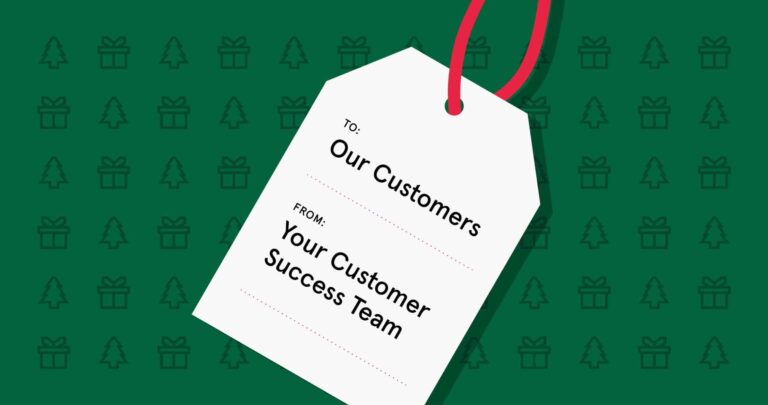As a human first company, we want Tessian to be a place where everyone has the opportunity to bring who they are to work, and be included and valued as they are. Diversity, equity and inclusion (DEI) is so important to us, not only because it’s the right thing to do, but also because it’s essential for our success. Diversity is necessary for innovation, so prioritizing it is a really important part of our future as a company.
We recently published our second annual DEI Report, and I’ve been reflecting on our journey over the last year and the three big lessons I’ve taken into this year’s strategy.
Data. Data. Data.
We can’t just guess how we’re doing on DEI, we need data. When we first launched our 2021 DEI Strategy, it was based on analysis of a number of different kinds of data that helped act as signposts towards our DEI Focus Areas. Since then, we have improved our data set to add anonymized candidate data, and employee data about lots more personal attributes.
Anything we can explore – we do. It can be difficult to know where you’re going to find the most interesting and impactful insights before you start looking. Here’s how we do it:
- We start off with a big pile of data, everything from representation to experience, to compensation to retention, all split by all the different personal attributes we collect voluntary data on.
- There are some standard measures we look at: pay gaps, representation vs benchmarks, significant variations in experience etc. but that often opens the door to lots of further questions, that require further data exploration
- We do our best to turn over every single stone and ask ourselves: is something going on here? Usually the answer is no, but it’s important that we employ that rigour everywhere, so that when the answer is yes, we don’t miss it.
It’s easy to get distracted by what we assume the most significant DEI concerns are, often based on our own biases, so it’s so key to start as objectively as possible. Don’t guess or intuit where you should be focusing attention! Start with as much data as you can get, and let that guide your thinking.
If you don’t actively pay attention, anything can slip
Focus is necessary, but it’s hard. Throughout this journey, we’ve been so conscious that there are infinite dimensions of diversity to consider, and infinite topics we could focus our attention on. But resources are finite, and if we want to make an impact, we need to focus on just a few things.
As hard as it feels, focus isn’t just about deciding where you are going to focus, it’s also about deciding where you’re not going to dedicate energy. In 2021 one of those “non-focus areas” for us was gender representation. We found that we were above the benchmark compared to other companies similar to us, and there was nothing to indicate that might drop. So we put our energy into other places.
Throughout 2021, our gender representation gradually fell by 7 percentage points as we happened to hire fewer women and people from underrepresented genders. By the time the end of the year came, these few percentage points had put us below the benchmark compared to other similar companies.
Focusing on other kinds of representation, and other DEI areas meant we didn’t notice this gradual change in our gender representation, and so didn’t get ahead of it. This was a really important lesson for us this year; this time around we are paying more attention to movement in metrics even when they don’t directly relate to our focus areas for the year.
This is key to keeping focus dynamic, and adapting to the information you have today.
Working with everyone, necessity of the team activity
The final lesson I’ve taken from our DEI journey so far: DEI is necessarily a team activity. None of us can do it alone.
Once we have our focus areas, we develop tactics that we hope will address them. So far on our journey, the accountability to these tactics has been with the People & Talent team. But the more work we do, the more we realize we need the whole company 100% behind us, prioritizing this work.
Hiring is a great example of this: in a fast growing business, often representation comes down to hiring. If you’re growing but you aren’t hiring diversely, then overall representation will fall. So one of our Focus Areas this year is hiring more people from underrepresented genders and ethnicity backgrounds.
Of course, our brilliant Talent partners care so deeply about this, and are moving heaven and earth to build up a diverse pipeline of candidates. But it isn’t always easy. Building a diverse pipeline in a notoriously non-diverse industry can take time, and this is often time we feel we don’t have in such a fast-moving company. Or there might be a particular experience level we feel like a candidate should possess that limits the diversity in the candidate pool.
This is where the rest of the company comes in. In this case: the Hiring Manager and hiring team. Every single Tessian needs to be bought into our strategy so that we can resolve these challenges in the right way. One of our Tessian values is We Do The Right Thing, so it’s really important to us to take these tensions seriously and work together to make the best decisions for our people.
There are a few basic things we ask of all Tessians…
- Help us reach diverse candidates by sharing our DEI work and our open roles widely…think LinkedIn, Discord, Slack. Any communities our Tessians are a part of!
- Continue to give us feedback on how they’re feeling, about DEI and our workplace more generally. We use an employee engagement tool, Peakon to collect this feedback so that people can stay anonymous if they choose.
- And most importantly: Get to know each other! Connection building is the core of belonging so we encourage lots of ways for our people to connect deeply. This is especially important in a globally distributed, hybrid team – we have to OVER deliver on opportunities to get together both in person and virtually.
What’s Next?
And as with any journey like this, it’s far from over. We all have so much work to do in DEI and there are a hundred new questions swimming around our heads on where we should focus next, and how to make our DEI Strategy more effective.
For example…
Goals: Right now our DEI Goals sit with the People team. Should we transition our DEI Goals to the company level, so it’s every one of us that is responsible for addressing them? We know accountability is key, but is the accountability in the right place for maximum impact?
Engagement: How much time and engagement should we be asking of our people? Do we need everyone to know every detail of our strategy? Or is it enough that they know their own role, and the WHY behind DEI at Tessian?
We’re committing to continuing to ask ourselves these hard questions and hold ourselves accountable to the very highest standards of DEI. It’s not always easy, but it is the right thing to do.
Want to join us on our journey? We’re hiring, all open roles are here. What’s it like to work at Tessian? Here’s 200 reasons you’ll love it.














